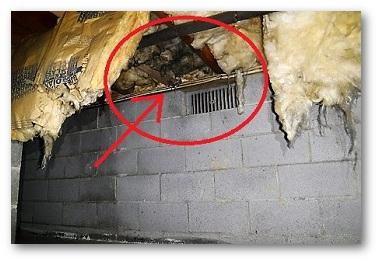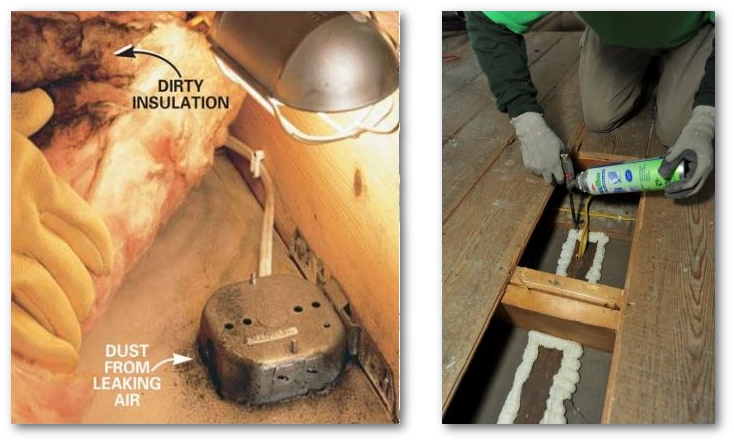Residential Comfort & Energy EfficiencyTuesday, July 28 2020
Duct leakage inside a home can account for as much as 30% of energy loss. But, how do you fix a problem that mostly lives behind walls and in hard to reach locations? Saturday, July 18 2020
Most homeowners that have a knee wall in their home don't know they have a knee wall in their home. This article discusses the different type of knee walls, the issues knee walls present in terms of comfort and energy efficiency and how to properly treat knee walls for peace of mind. Wednesday, July 15 2020
Check out this before and after crawl space encapsulation project with blocking and sealing open vents. Crawl Space Encapsulation Maryland - Smart Thinking
Imagine if that was a formula for everything in life. Work less and gain more! Saturday, July 11 2020
Hometrust Remodeling recently completed an insulation job in Laurel, MD 20723. The project consisted of the following measures:
For most insulation to be effective it is important to stop the flow of air by sealing up holes and cracks in as many accessible areas as possible.
Insulating the accessible skylight kneewalls to R13 after sealing smaller crevices/cracks and adding sheathing (air barrier) over the insulation will maximize boundary effectiveness and reduce air communication between the living space and the attic (outside).
Most of the largest leaks in homes occur where framing (such as floor joists or wall studs) span from an area inside conditioned space to an unconditioned or vented space, such as the attic,crawlspace, garage, or roof. Appropriate blocking is needed in these instances. Untreated recessed lights are invisible gateways for air to communicate between the inside (conditioned space) and outside (attic). Covering and sealing accessible recessed lights will eliminate this issue. Encapsulation, using open cell spray foam, was completed for this project so that the space below, including the HVAC unit in the garage attic, would become part of the overall "envelope". The garage is going to be converted to living space (in-law suite) so by encapsulating the area above the space, it will make it easy to complete the job once the work gets done and when the space is changed, the HVAC will also benefit from being enclosed inside the house rather than outside (garage attic). |
Hometrust Remodeling
Proudly working in BGE & Pepco's Home Performance w/ ENERGY STAR program in Maryland to deliver whole-house energy savings to improve comfort & help protect the environment.
2025 Hometrust Remodeling | All Rights Reserved
An Energy Auditor's Purpose
"Energy auditors visit residential buildings and talk to owners and residents. They inspect, test, and measure to decide what energy-efficient retrofits are practical and cost-effective." Residential Energy
















